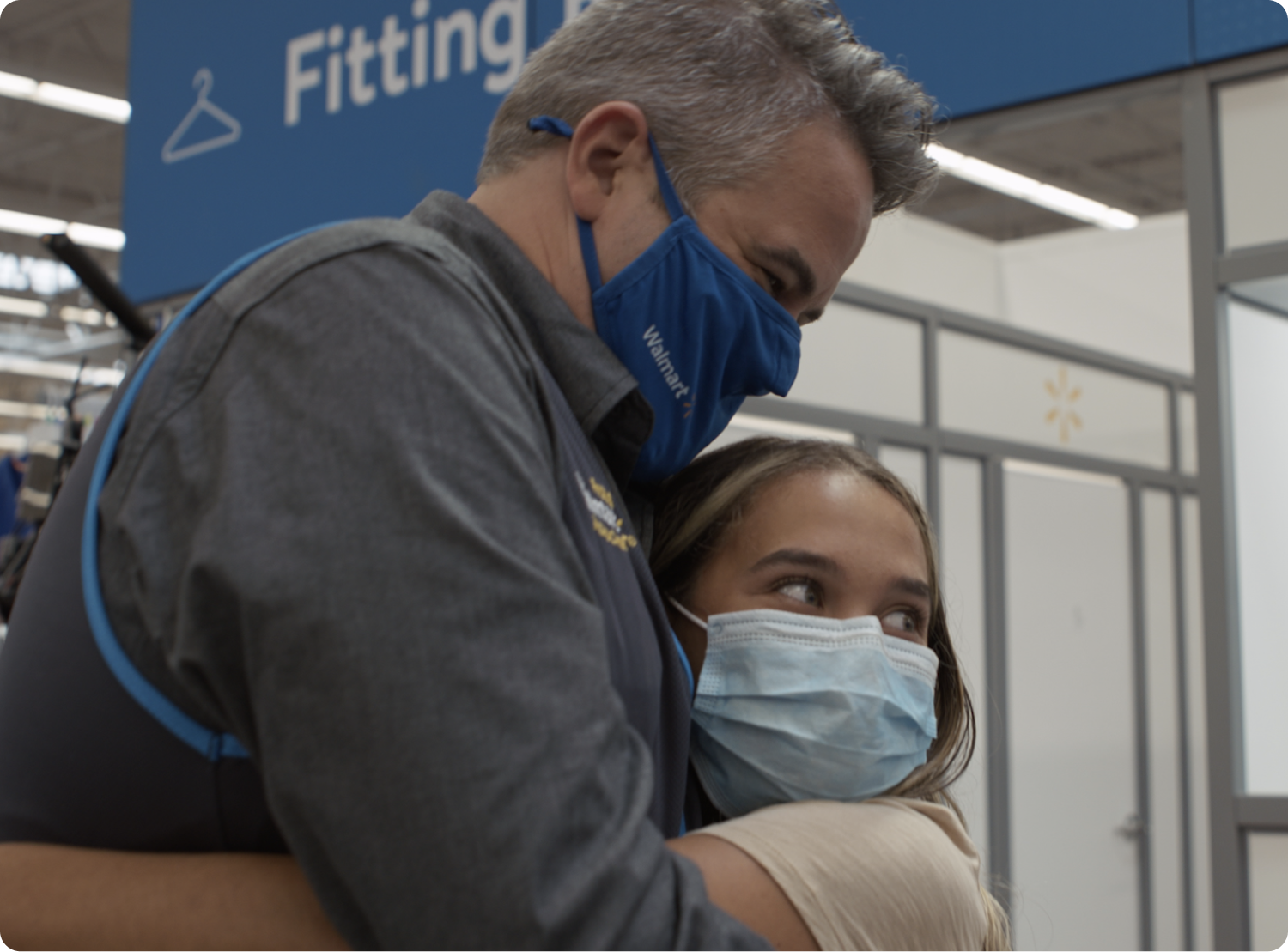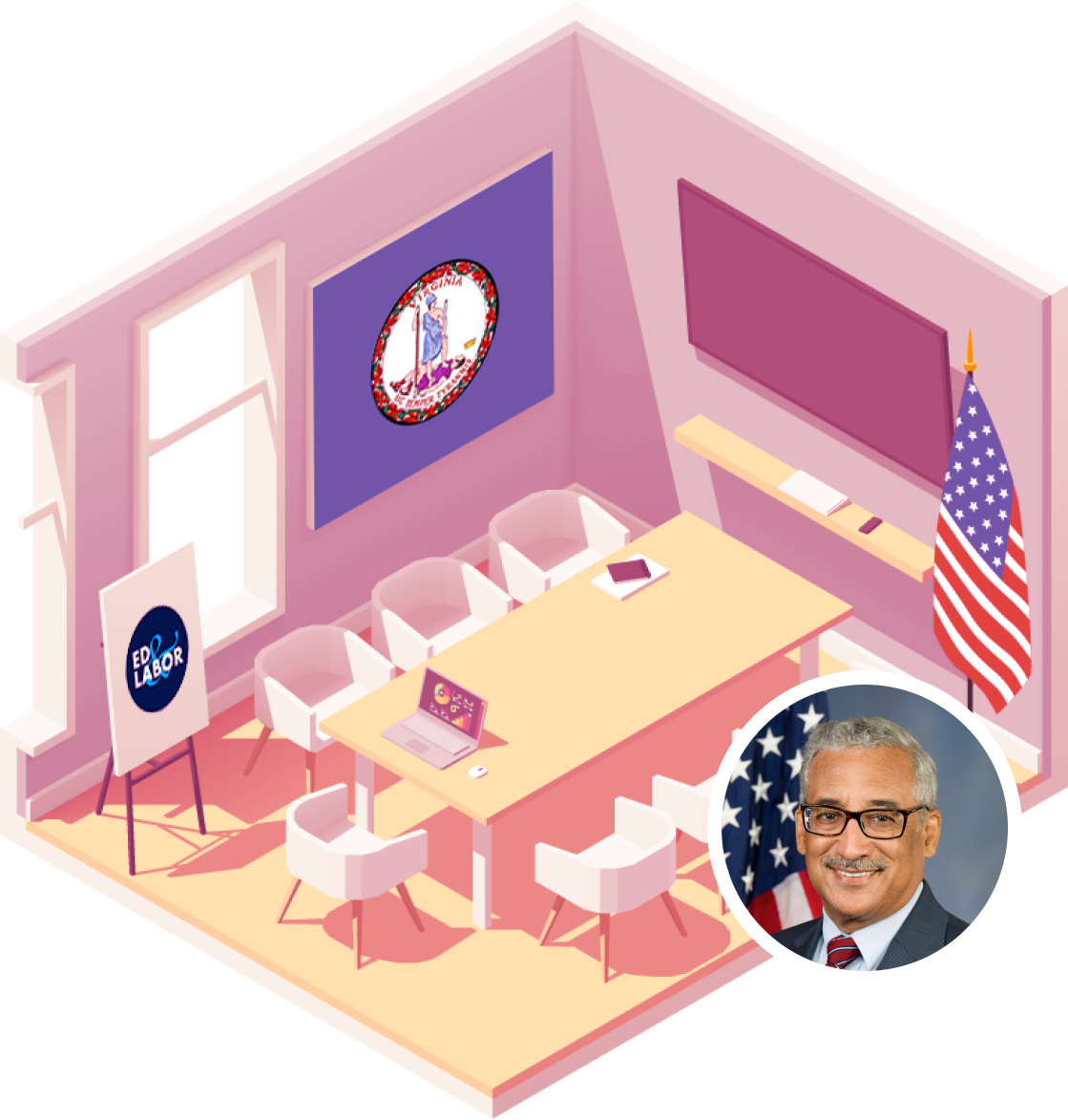Presented by

Antonio Tijerino
president and CEO of the Hispanic Heritage Foundation
“The service sector accounts for about 80% of the workforce, but that's what's been hit hardest during COVID and it's mostly dependent on LatinX and other minorities.”
Leaders in the public and private sectors have been trying to plan the future of America’s workforce for decades. Covid-19 certainly complicated matters.
Big new questions have arisen: Where can employers find workers? How do we train the next generation of workers? What can be done to recruit employees of different backgrounds to new industries?
Enter: The Workforce. Punchbowl News’ effort to identify four leaders who are focused on leading the country back to economic stability and ensuring that a well-prepared workforce exists to allow America to remain competitive. This week we are profiling Antonio Tijerino, President and CEO of the Hispanic Heritage Foundation.

At Walmart, we know that when associates have stability in areas like health care, parental leave, paid time off and retirement planning, they’re able to bring their best selves to work. That’s why we’re proud to offer up to 6 weeks of paid parental leave to all salaried and full-time hourly associates who have been at Walmart for at least a year. That increases to up to 16 weeks for birth mothers. For associates adopting a new family member, we provide up to $5,000 to help cover expenses. Learn how we’re supporting associates and their growing families. Learn More
THE BACKGROUND
Antonio Tijerino didn’t always envision a career focused on workforce issues. The Nicaragua native came to Washington, D.C. as a child and studied journalism at the University of Maryland. He worked at the PR agency Cohen & Wolfe, and then went to Nike and the Fannie Mae Foundation to continue his work in public affairs.
But for the last 20 years, Tijerino has led the Hispanic Heritage Foundation. The group, which originally was conceived during the Reagan administration to celebrate Hispanic Heritage month, has grown under his leadership to encompass education, workforce, social impact and culture. “My focus has truly been on accessing talent and finding it at a very young entry point,” Tijerino said. He wants young Latinos to be able to “identify, prepare and connect to each other because social capital is so important.” With that guiding principle, Tijerino’s emphasis has been on helping people break into a variety of sectors from health care to data science and entrepreneurship.
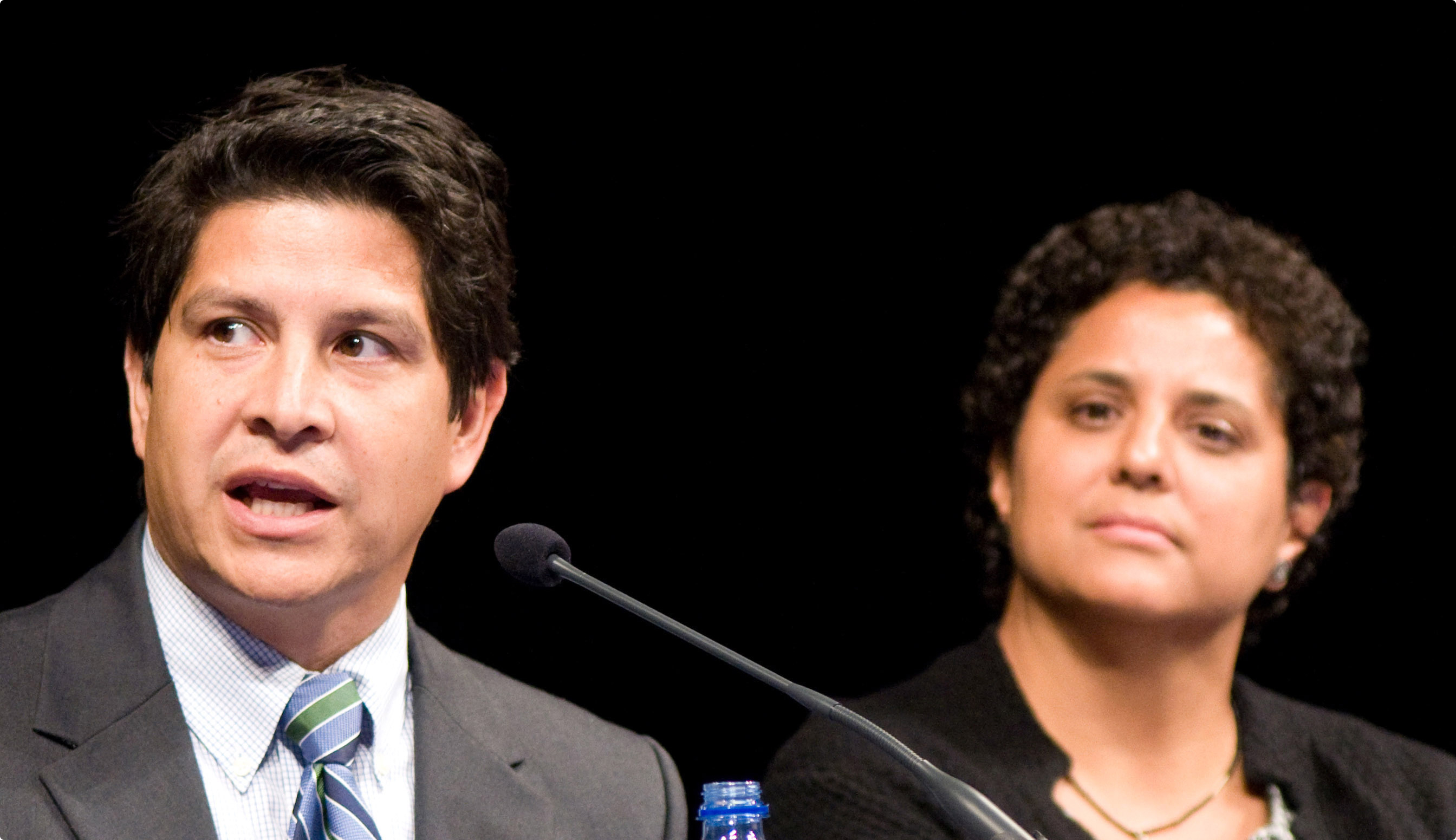
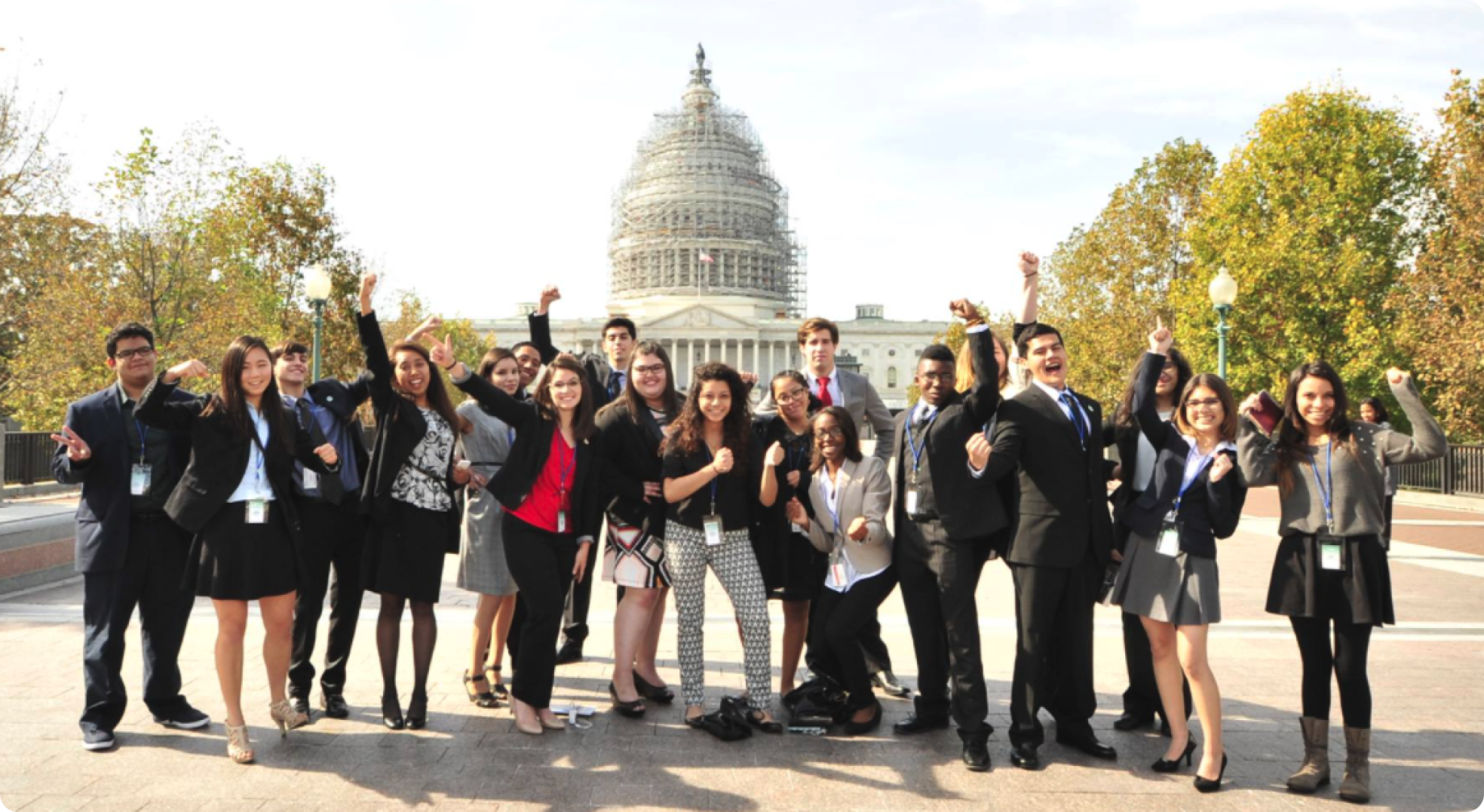
When considering the future workforce, Tijerino thinks the pathway will go straight through Latinos. “Eighty percent of all new jobs will go to Latinos,” he said, noting that the most common age for non-Latinos is 58 years old compared to 11 years old for Latinos. "It's clear that the labor market and the broader economy is going to be more dependent on our young dynamic population,” Tijerino said. There’s a historical basis for this trend as well. “According to the 2021 US Latino GDP Report, Latinos contributed close to 75% of the entire labor force expansion that has taken place since the Great Recession of 13 years ago," Tijerino noted.
Educational Attainment of Hispanic or Latino Workforce Aged 25 years or Older, 2019
Source: BLS.Gov
27.7%
Less than a high school diploma
31.2%
High school graduates, no college
13.7%
Some college, no degree
8.1%
Associate's degree
19.3%
Bachelor's degree and higher
Current
Latino workers have been hit particularly hard by the pandemic. The service industry, which is largely dependent on Latino and other minority workers, was forced to lay off tens of thousands of employees as a result of local COVID ordinances. The numbers are staggering; 65 percent of Latinos have lost their jobs or had a significant reduction of income, Tijerino said.
“It’s all about agility and adaptability around that vision that you have to succeed or survive these days and as we deal with the workforce … I believe that we need to adapt to the workforce, not the other way around,” Tijerino said.
“It’s all about agility and adaptability around that vision that you have to succeed or survive these days and as we deal with the workforce … I believe that we need to adapt to the workforce, not the other way around..."
– Antonio Tijerino, President and CEO Hispanic Heritage Foundation
As part of that effort, Tijerino and the Hispanic Heritage Foundation are working to introduce 100,000 Latino youths to coding. The foundation is also working to create access to college and entrepreneurship programs. They have organized workshops and provided mentorship for people interested in blockchain, health care, data science and artificial intelligence.
Tijerino also has a call to action for companies focused on workforce issues. “If they use the same approach that they do when they are creating their products to address these issues, we would be in a better place,” he said. Overall, Tijerino stresses the importance of urgent action when dealing with these issues in the public and private sector. "I want to always stress that we need to be more impatient in everything we do. I know it's contrary, but we need to be more impatient with our advocacy. We need to be more impatient with preparing for the workforce of the future."

Walmart has a long history of providing comprehensive health care and benefits to our associates. We believe that when associates have stability in areas like health care, parental leave and paid time off, they’re able to bring their best selves to work. For all salaried and full-time associates who have been at Walmart for at least 12 months, we offer up to 6 weeks of paid leave to new parents through birth, adoption, or foster-care placement. New birthmothers are eligible for up to 16 weeks of protected paid time away from work. And we’ll also pay associates back, up to $5,000, for expenses related to adopting a new family member.
We’re committed to supporting associates and their growing families. Last year, nearly 30,000 associates took advantage of parental leave and adoption benefits. Learn More
PEOPLE TO WATCH

Chief Technology Community Officer at the Kapor Center
Lili Gangas
Gangas is working to make sure that the tech ecosystem and entrepreneurship are more diverse and inclusive. She is focused on racial justice and technology policy, inclusive technology ecosystem building, and supporting the foundational needs of communities of color. She is also prioritizing broadband access and adoption, future workforce needs, and responsible technology.

Executive Director of CSforALL
Leigh Ann DeLyser
DeLyser oversees programs and strategic planning focused on building out programs for children ages K-12 in the computer science field. She previously was a high school teacher and higher education computer science education. DeLyser now puts out an influential report — Running on Empty — that helps inform policies and research that push for high-quality computer science programs.

Chief Innovation Officer at Department of Labor
Chike Aguh
Aguh is leading President Joe Biden’s efforts to use innovative technologies to help American workers. He previously served as head of Economic Mobility Pathways at the Education Design Lab. While there, Aguh created the Community College Growth Engine Fund which is focused on making community colleges a bridge for high-growth employment fields.
THE FUTURE
Despite how hard-hit Latinos have been by Covid-19, Tijerino remains optimistic. “We’re resilient, malleable, and self-reliant. So, a lot of times when we’re faced with some of these issues, we shift to entrepreneurship which is part of the future of work as well,” he said, noting that Latinos are 25 percent more likely to have their own business than the average U.S. citizen.

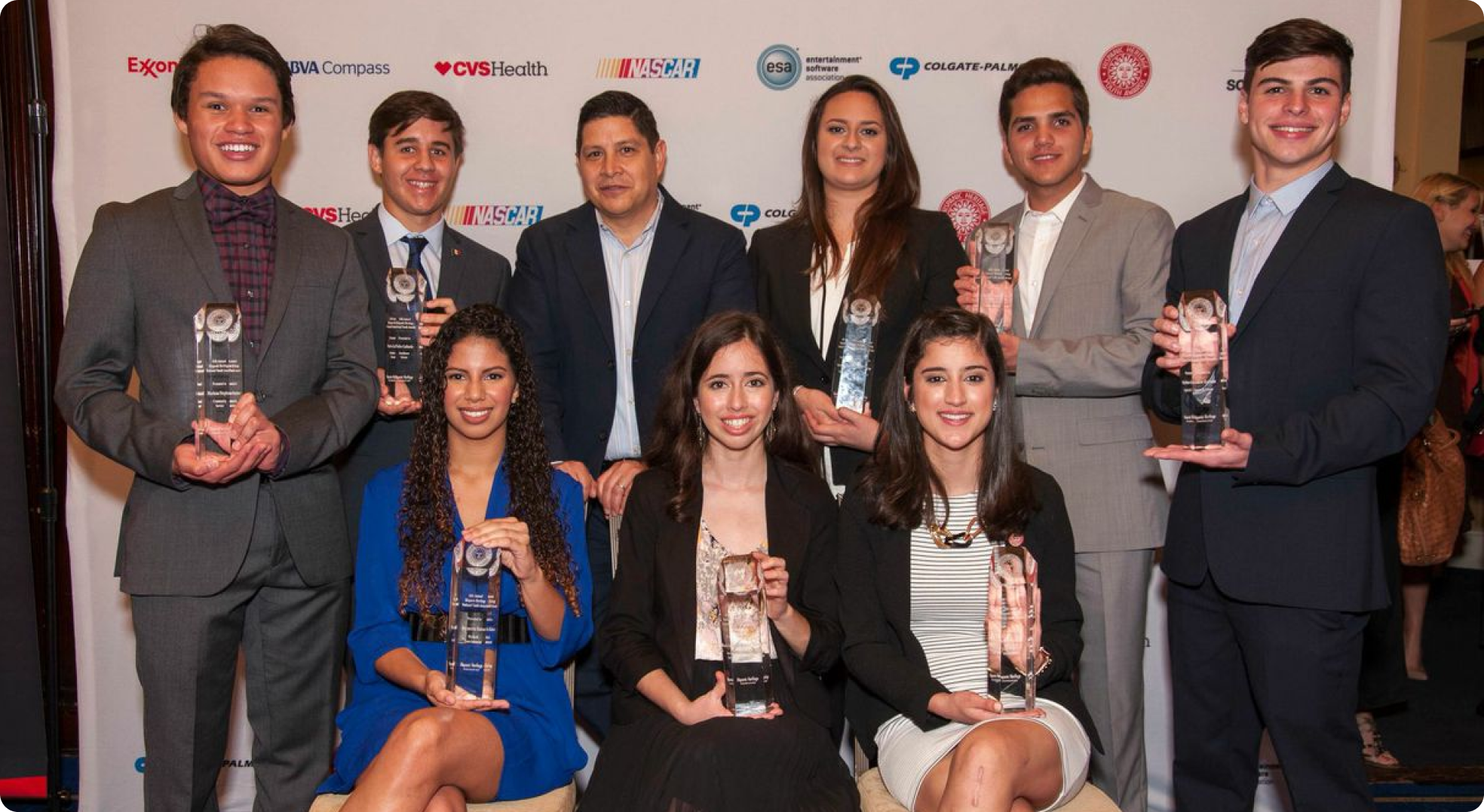
Government and the private sector need to deal with broadband and mental health in order to make sure the next generation is ready to take on employment that will keep America competitive. The biggest challenge Tijerino sees is accessing the resources to be able to better prepare Latinos for opportunities that exist.
“Companies need to pay more attention to preparedness, the access, the opportunities that need to exist for their own sake and for the sake of America’s workforce,” Tijerino said. “As an organization, we want to make sure that those opportunities are there and that these companies don’t look at us as if they have to somehow lower their standard. Our standard is just as high as anyone else … Instead of fighting over a bucket, why don’t you increase what the well looks like that you can draw buckets from and that’s what we’re trying to do.”
Employed Hispanic or Latino Population by Occupation, 2019
Source: BLS.Gov
24.2%
Service
23.3%
Management, professional, and related
20.6%
Sales and office
8.1%
Natural resources, construction, and maintenance
19.3%
Production, transportation, and material moving
Presented By


